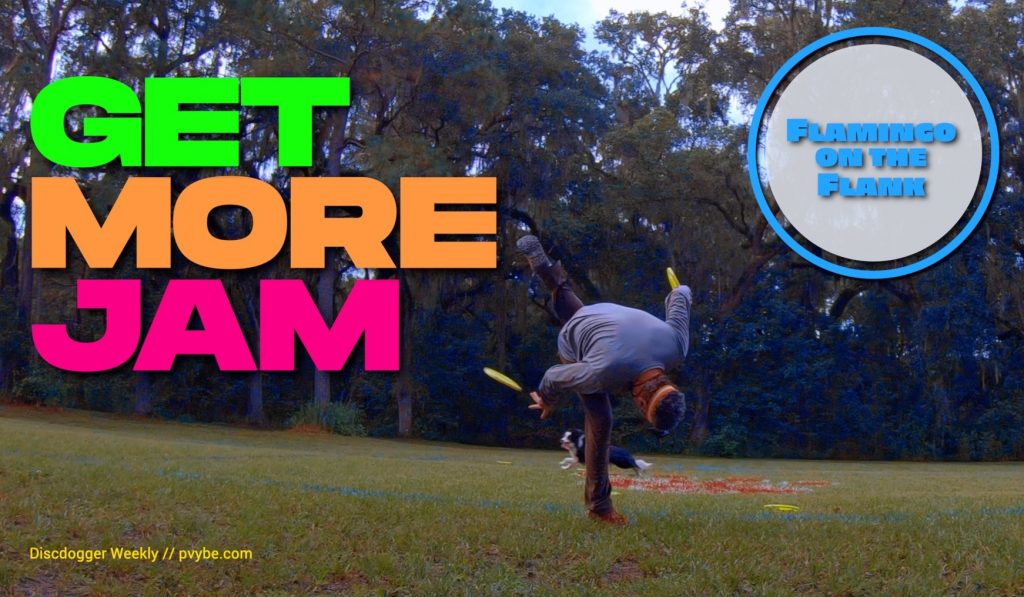
Music, Dance, and Disc Dog Freestyle | The Rhythm is In the Gaps
You can’t dance or play music without rhythm. Music without rhythm is noise. Dance without rhythm is unpredictable movement at best and, with a partner, is likely to become human bumper cars or unintentional Twister rather quickly. Music and dance are dependent upon rhythm, this dependence is even greater when doing it with a partner.
Rhythm is the placement of sound (or action) in time. Melody and harmony and dance steps can’t exist without rhythm and the rhythm is happening because of the gaps – between the sounds or actions – in time. It is not the beats of the music or the steps of the dance that matter, it is the space and time between them.
Your disc dog tricks and moves are your beats or dance steps. All the stuff required to set them up and make them look and sound good in flow are the gaps. You need rhythm in your play to create beautiful music and graceful dance instead of just making noise and moving erratically. To create rhythm, you need to mind the gaps.
You Got the Moves and Can Hit All the Notes But Can You Put Them Together?
This is the question that most all disc dog handlers need to ask themselves. This is what I try to teach and what I’m interested in learning on a daily basis. This is why I focus on Flatwork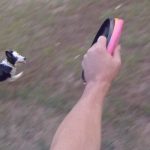 Flatwork is the stuff that happens between the catches. How the team moves and transitions, often without the disc, is flatwork. Flatwork concepts in disc dog are taken from the agility and herding... More, Team MovementTeam Movement is how dog and handler move, as a team, out there on the field. It is a judging category in some organizations and certainly is a focus of many judges, players,... More, Set Up & PositionIn the Play+ philosophy, "Position" is the final stage within the "Next" phase of a Cycle of Play. It acts as a pivotal link between the "Next" phase and a new "Now" phase. More, Bite/Drop/Give, and communication between dog and handler. Those are the gaps that create the beat that drives the music and the dance. Without them, you’re just making noise or moving erratically.
Flatwork is the stuff that happens between the catches. How the team moves and transitions, often without the disc, is flatwork. Flatwork concepts in disc dog are taken from the agility and herding... More, Team MovementTeam Movement is how dog and handler move, as a team, out there on the field. It is a judging category in some organizations and certainly is a focus of many judges, players,... More, Set Up & PositionIn the Play+ philosophy, "Position" is the final stage within the "Next" phase of a Cycle of Play. It acts as a pivotal link between the "Next" phase and a new "Now" phase. More, Bite/Drop/Give, and communication between dog and handler. Those are the gaps that create the beat that drives the music and the dance. Without them, you’re just making noise or moving erratically.
Now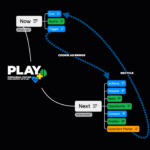 The Now Phase is an integral part of the Play Cycle in the Play+ training philosophy. It embodies the current, immediate interaction between the handler and the dog, anchoring them in the present... More you don’t have to do them the way that I say, but you have to do them, they are happening. And you have to know how they work if you want to create some fresh jam, enhance your dog’s performance, or develop your style.
The Now Phase is an integral part of the Play Cycle in the Play+ training philosophy. It embodies the current, immediate interaction between the handler and the dog, anchoring them in the present... More you don’t have to do them the way that I say, but you have to do them, they are happening. And you have to know how they work if you want to create some fresh jam, enhance your dog’s performance, or develop your style.
If you want to put things together and develop some kind of rhythm in your play, you have to mind the gaps. You need to learn which direction your dog likes to move while chasing and what direction she turns after the catch. You need to learn how to make your dog move where you want her to go, how to make her stop where and when you want her to, to drop where and you want her to, and what you need to be doing in the meantime other than picking up discs.
Be Present in the Gaps
You can’t be present in the gaps if you’re too busy picking up discs. Disc ManagementDisc Management is a disc dog term that describes management and organization of discs throughout the routine. Disc Management is a scored category in most disc dog freestyle organizations and has great impact... More for the routine occupies far too much focus in the game for most players to be present in the gaps. The moment we’re done with one thing we’re running to grab discs for the next thing.
That doesn’t leave any time to see or feel what’s happening out there. I’d bet money you don’t know which way your dog is going to turn after the catch and I’d go double or nothing on you not knowing where he will be after navigating that turn. You ever watched it? Thought about it? Asked the question? I’ll go triple or nothing that you can’t watch those things because you’re too busy picking up discs for your next sequence…
Take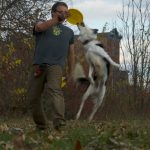 A Take is a cued Bite that replicates the placement and timing of a throw. Usually used with overs, vaults, and flips, the Take is a powerful teaching tool for creating habitual leaping... More some time to be present in the gaps. Watch what your dog does, how he moves, where he moves, where he is likely to drop. This intelligence is necessary to create and catch a rhythm that will enable you to flow.
A Take is a cued Bite that replicates the placement and timing of a throw. Usually used with overs, vaults, and flips, the Take is a powerful teaching tool for creating habitual leaping... More some time to be present in the gaps. Watch what your dog does, how he moves, where he moves, where he is likely to drop. This intelligence is necessary to create and catch a rhythm that will enable you to flow.
Creating a Rhythm to Catch the Beat
Instead of focusing on the beats them selves, those beautiful notes and those graceful steps, think a bit about creating some rhythm. Once you create some rhythm you can catch the beat.
All those backhands and sidearm tosses you see in my videos, you know, those simple throws? They are all there so my dog and I can develop our rhythm and catch the beat. I’m trying to avoid the miss steps and sour notes. Doing what comes easy so I can be present in the gaps so I can create a rhythm and catch the beat.
Once I’ve created the rhythm and caught the beat, it’s much easier to dress up the melody, to harmonize, or to throw in a fancy step or two, and when I do kick it up a notch, I’m less likely to hit a sour note or make a miss step, and the beat goes on.
Let the Beat Guide You
In the video below I’m working on two skills: the Flamingo throw and the Crossing Pass. I do both of these skills quite well, I know them. I can hit the notes and do the steps required for each. But putting them together was a real challenge.
Now these are not the greatest Flamingo throws on a Passing maneuver I’ve made, they are not particularly well executed or well placed. I have made better throws with better placement on Passes in the past.
What is cool about this is that I created a rhythm and caught the beat of doing a Crossing Pass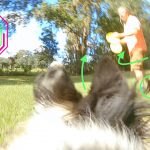 A Pass or Passing is a linear Team Movement maneuver that has the dog running or moving past the handler in close proximity, crossing or breaking the plane of the handler's body., in both the clock and counter directions, on purpose, with a couple of funky throws. It was hard, and I was lost, but I stayed present in the gaps, created a rhythm and caught the beat.
A Pass or Passing is a linear Team Movement maneuver that has the dog running or moving past the handler in close proximity, crossing or breaking the plane of the handler's body., in both the clock and counter directions, on purpose, with a couple of funky throws. It was hard, and I was lost, but I stayed present in the gaps, created a rhythm and caught the beat.
In that respect, these were some of the better passes I’ve made with creative releases. They are the first where I defined a tough rhythm, caught the beat, and hit the notes and steps. We’ll be singing and dancing this tune in no time. The hard work has already been done.
“Like music, Pace
When working the flank, a dog often goes from running very hard to a more easy going pace. She adjusts her pace to match you or to read the situation. We call this... More is defined by gaps. Many think that high intensity flowing play has no gaps.
This is untrue. Flowing freestyle play, like all freestyle, has nothing but gaps. 30 throws in a 2 minute routine? What are you doing for the other 105 seconds?
How gaps are navigated is the Way of Pace. Do they relate to the action? Do the gaps play with or enhance the jam? Are they a drag?
Gaps regulate and define Pace and rhythm. They create drama and add interest. Gaps are the Tao of Pace and key to Flow
Tao of Disc Dog by Ron Watson | Pages 58-59Flow is a key component of the modern day disc dog game. Keeping your dog moving with seamless, ever moving and flowing sequences with little to no set up time is the goal... More. Be present and mind the gaps. It’s where magic happens.”
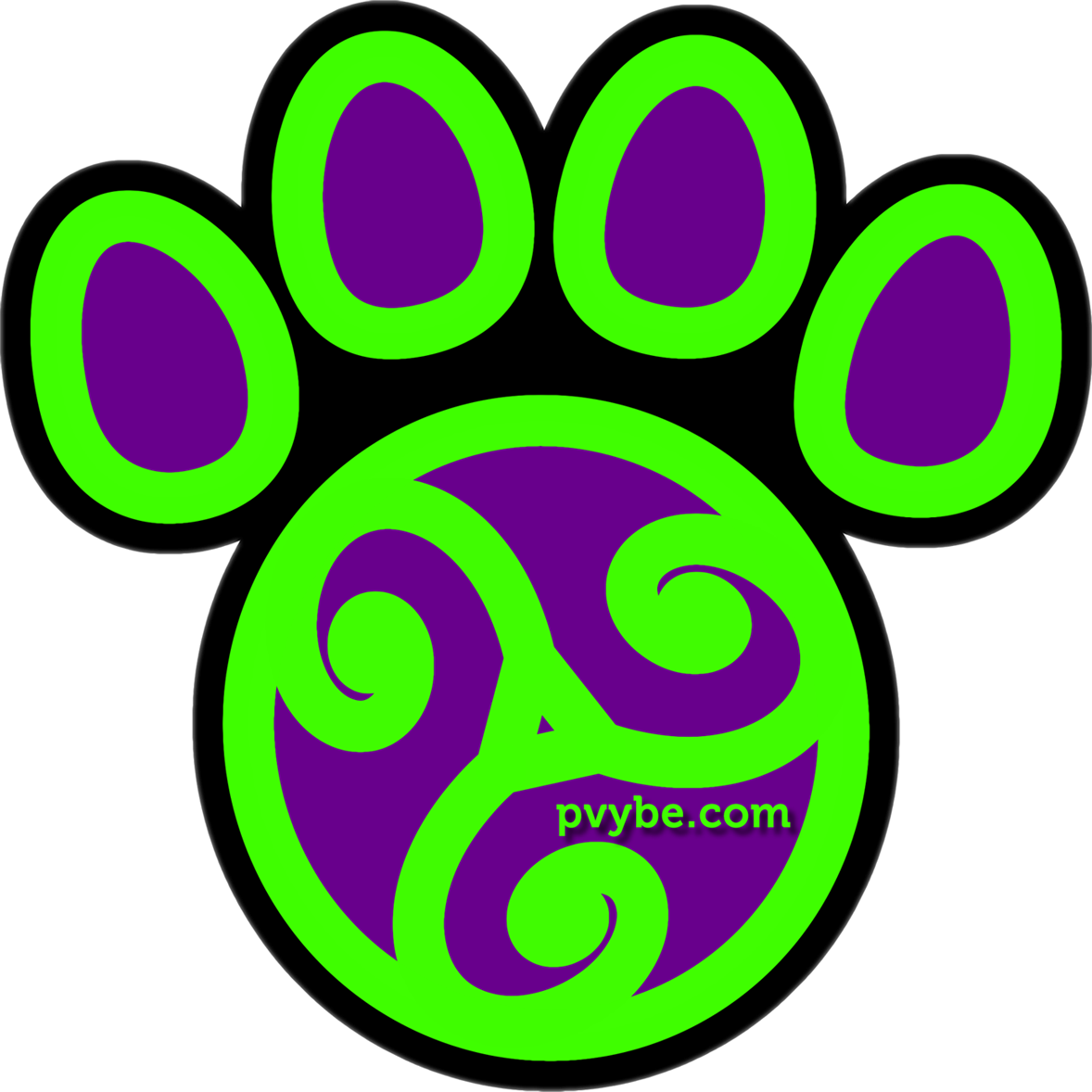


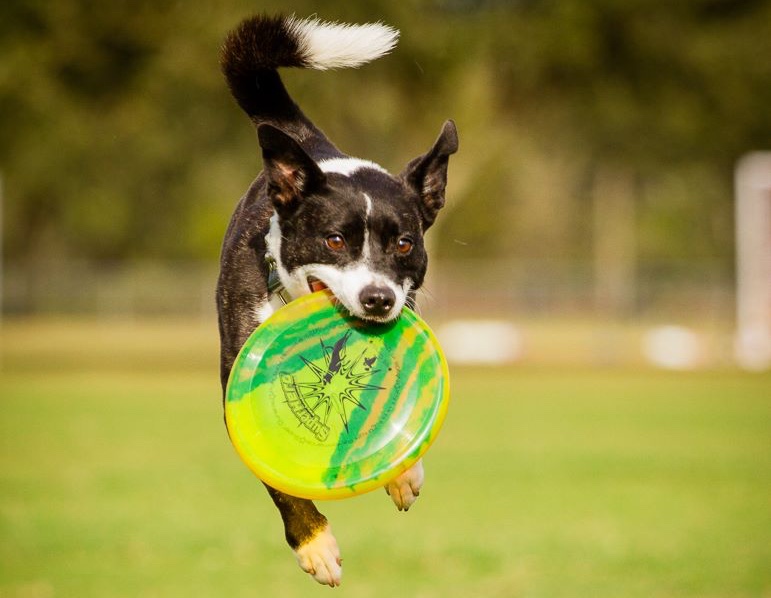
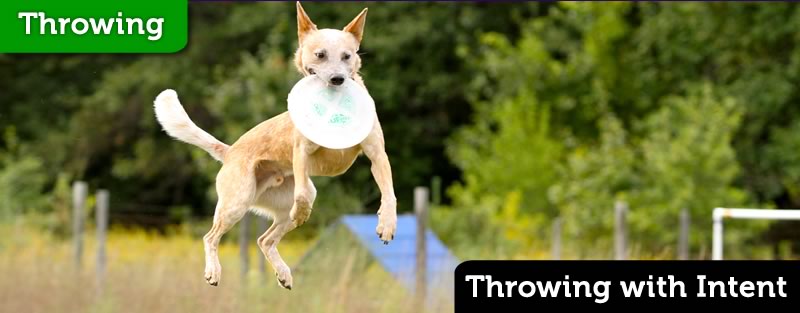
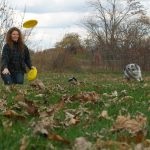
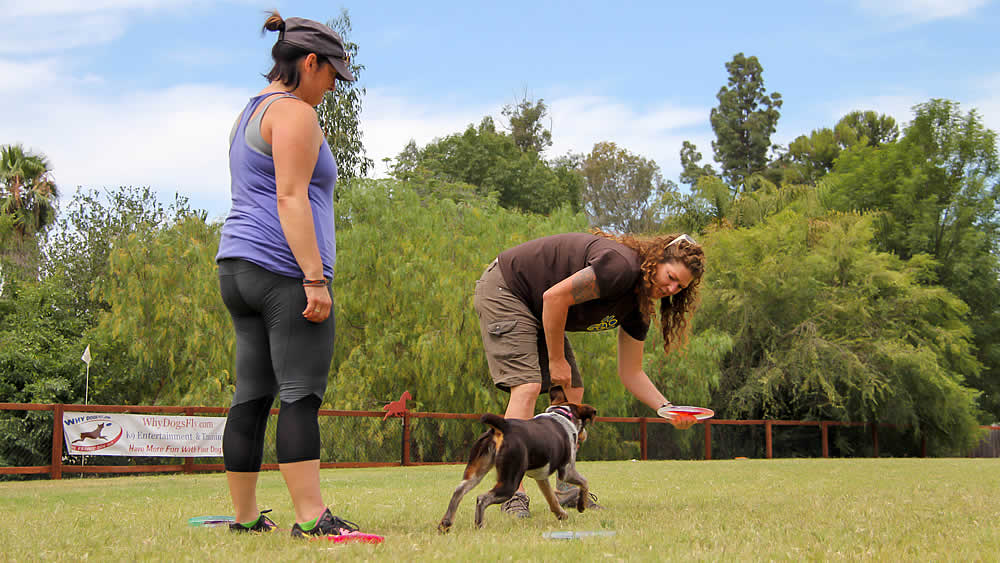
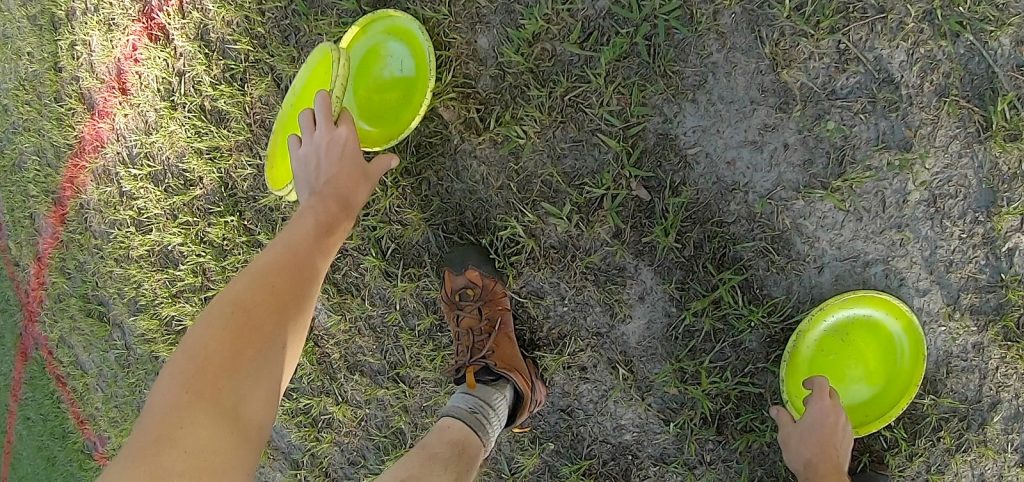
Responses